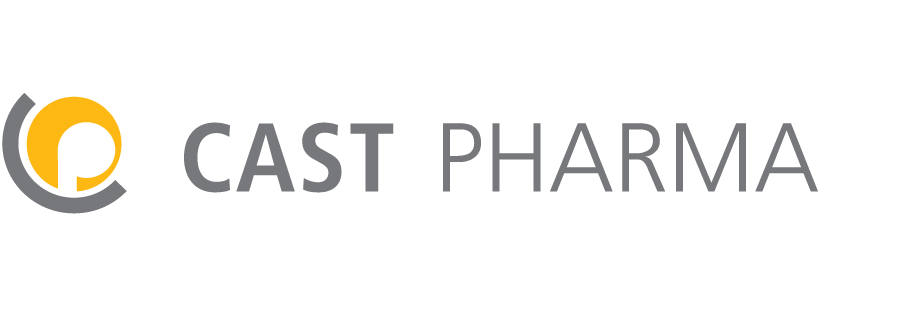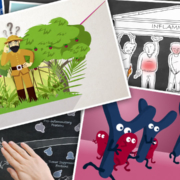Analogies – thinking outside the box
We learn through making comparisons with what we know, and we pass on what we have learned in the same way. Analogies can be very straightforward, just bringing a simple fact to life. They can, however, also be used to explain more complex concepts by likening the underlying principle to something familiar from everyday experience.
Put simply, by employing an analogy, we approach a problem from a different angle. Of course, in doing so, it is vital to ensure the solution to a problem can always be clearly made out, i.e. the degree of abstraction must not be too great.
An example taken from nature:
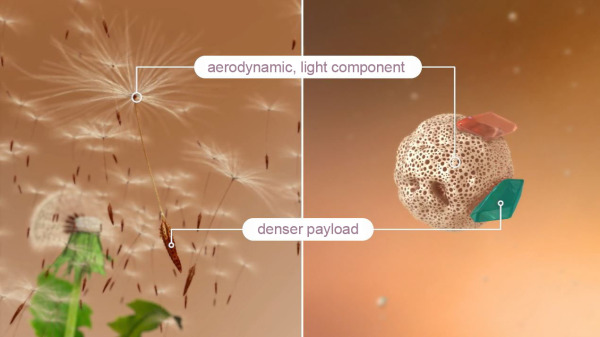 Dandelion seeds are used to illustrate how a relatively heavy cargo can be transported either via the air or via the respiratory airflow.
Dandelion seeds are used to illustrate how a relatively heavy cargo can be transported either via the air or via the respiratory airflow.
Analogies are effective aids when it comes to conveying basic principles or key messages. The content that needs to be communicated often contains a huge quantity of detail. These details do have their place, but they can easily “knock the stuffing” out of someone who lacks the necessary basic knowledge. You would be well advised to first explain the unadorned principle of a concept and to ensure this has been understood. In a second step, you can then flesh out the newly acquired matrix of knowledge with useful details. The advantage of proceeding in this way: Each new detail will be seen in a larger context and will be correctly “filed away” in the minds of the target group.
So, why use an analogy?
An analogy …
- provides easy access to a complex subject
- can be combined with in-depth scientific mechanism of action (MoA) animations
- is suitable for an audience with little or no scientific background (stakeholders, investors etc.)
- supplies a memorable story for physicians to pass on to their patients
Why not use natural events or everyday occurrences and objects to illustrate the mode of action of your medication, in a way that is easy to understand?
For your information, please find below some samples from our portfolio. Perhaps they will inspire you to initiate a visual storytelling project of your own.
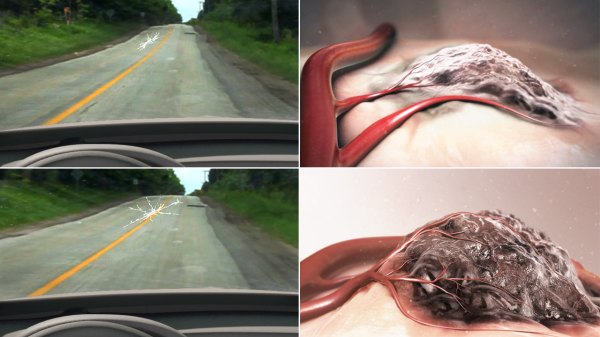 Cancerous vascular growth can be compared to a crack spreading across a car’s windshield.
Cancerous vascular growth can be compared to a crack spreading across a car’s windshield.
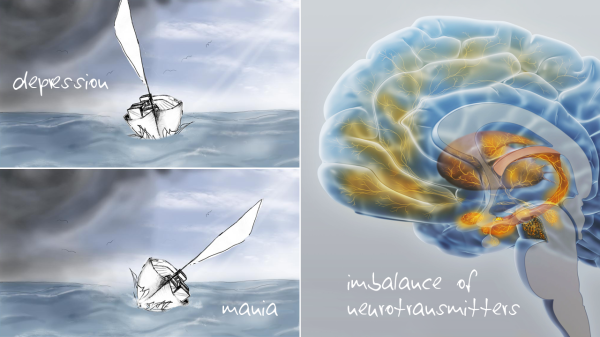 Neurotransmitters in the brain of a person with bipolar disorder can be compared to the cargo of a sailboat. If the cargo is not properly secured in high winds, it will start to shift, causing the boat to tip more and more.
Neurotransmitters in the brain of a person with bipolar disorder can be compared to the cargo of a sailboat. If the cargo is not properly secured in high winds, it will start to shift, causing the boat to tip more and more.
